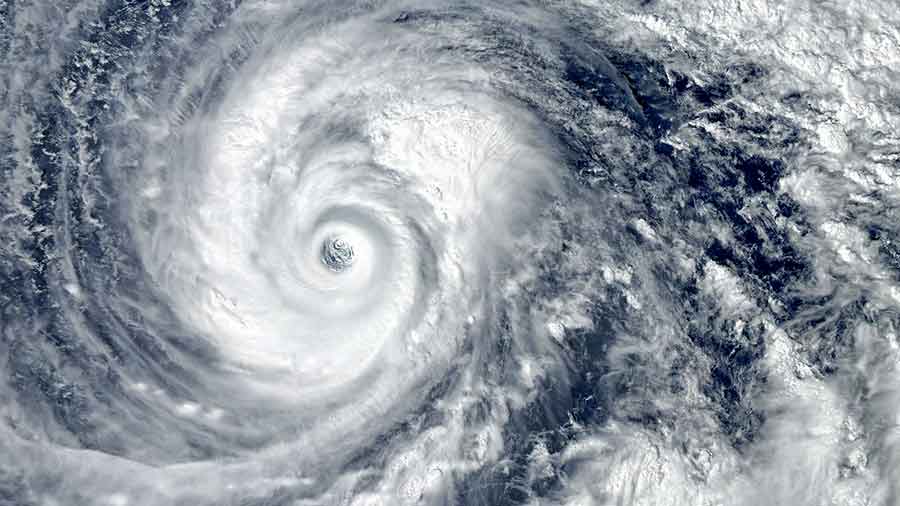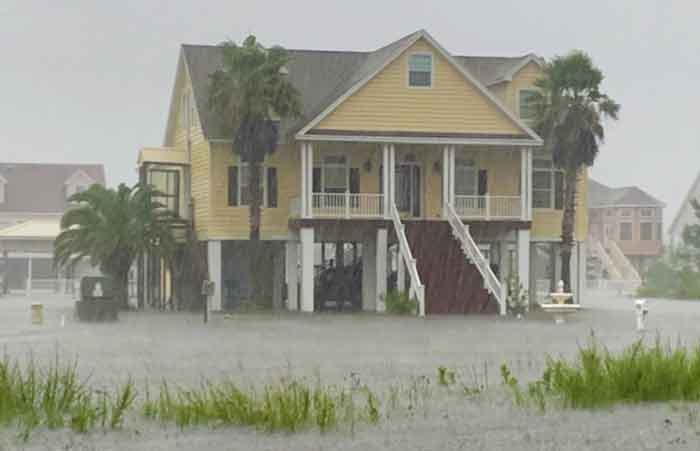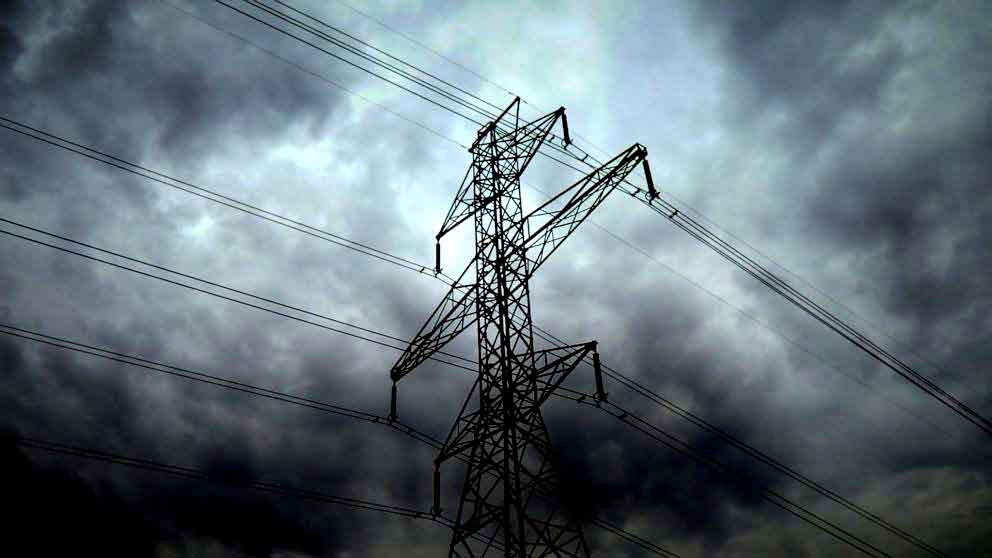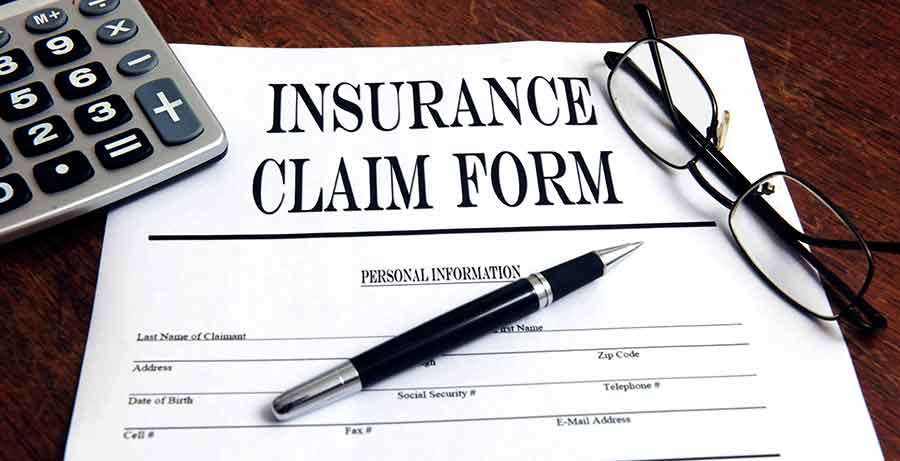Written by Andy Gurczak
August 1, 2021
Guide to Hurricane Insurance
Your home is probably your most valuable investment. Meanwhile you likely do as much as you can to prepare for the unexpected, a natural disaster has the potential to throw your life and home into disarray. For this reason alone, you should have a homeowners insurance policy to protect it. Especially if you live in a hurricane prone area, understanding what your homeowners policy does and doesn’t cover is key to finding the right hurricane insurance.
What is Hurricane Insurance?
Technically, there is no single policy known as “hurricane insurance.” Rather, you’ll need to specifically insure your home against water and wind, which are the two main sources of hurricane damage. Standard home insurance offers some coverage for both of these perils. However, in case of a hurricane, it may not be enough. Therefore, we highly recommend you look into the following separate insurance policies.
- First, flood insurance: In fact, no homeowners insurance policy covers flooding. Neither does it include water from a storm surge.
- Second, windstorm insurance: In many hurricane-prone states, homeowners insurance does not cover windstorm damage. Thus, if you live in one of these states and want coverage, you will need to buy a separate windstorm insurance policy.
Furthermore, be aware that coverage varies quite a bit by state. Specifically because of the types of damage sustained during these events in a typical instance and due to state regulations. Moreover, state legislatures often put insurance laws in place mandating minimum coverage or the types of coverage that must be included for a specific class of insurance.
Homeowners Hurricane Insurance
As mentioned above, homeowners insurance usually protects your home against most forms of damage. Except, of course, for flooding and in some cases, windstorms. Therefore, in order to have coverage for any of these risks, you must get separate insurance policies pertaining to each peril.
Renters Hurricane Insurance
In the same way as homeowners insurance, most renters policies don’t cover flood damage and windstorm damage. It might cover certain types of wind and water damage, but it’s most likely not enough. Furthermore, remember that your landlord’s insurance covers only the building’s structure, not your personal belongings. With this in mind, double-check your policy to make sure what’s covered and what isn’t. Also, remember to contact your insurance company or agent to add additional coverages or solicit specific types of policies.
Windstorm And Flood Insurance
Flood insurance covers water damage caused by increased water levels from local shores, banks or levees. Meanwhile, windstorm insurance covers wind damage and wind-blown rain. However, even if you have both types of insurance, you should still make a point to know the coverage limits. Equally important is to understand what your insurance covers and doesn’t cover. You should also know whether the policy covers the value of your home or the cost of rebuilding it. Moreover, you should also know that if you live in an area that’s designated as a flood zone, mortgage lenders will require you to have flood insurance. Otherwise, they might not approve your mortgage.
What hurricane damage doesn’t cover
Besides the already explained circumstances of flooding and windstorm insurance, you should also know about some other damages you might not be covered for in the event of a hurricane.
For example, a common occurrence during hurricanes are mudslides. Generally homeowner’s insurance policies are very particular about earth movements. For this reason, mudslides are not covered by the majority of homeowners insurance policies. So, if a hurricane created a mudslide, and your house is under that, you almost certainly aren’t covered. They won’t cover you for earthquakes or sinkholes, or any time the ground shifts under your house. However, you might be covered for mudflow, which is when a flood brings mud into your home.
Collective power failure is yet another damage, your homeowners insurance doesn’t cover. For instance, let’s say you lost all of your refrigerated groceries due to power failure. If this is a one-off incident, where your house lost power but nobody else did, your policy probably covers that. Meanwhile, if your entire town lost power due to a hurricane and lost the same food and the same amount of money, you are probably not covered.
How Much is Hurricane Insurance?
The cost of hurricane insurance depends on the cost of the underlying policies. However, the average cost of homeowners insurance in the U.S. is about $1,200 per year. In addition, flood insurance from the NFIP costs an average of $732. If you are a coastal homeowner you will likely need to add wind coverage on top of that. Indeed it’s pricey. For example, the average annual residential premium from the Texas Windstorm Insurance Association is $1,700.
Nevertheless, hurricane insurance costs significantly less if you’re renting. The NFIP offers flood insurance for renters from as little as $99 a year. Moreover, the average cost of renters insurance is $168 per year.
In conclusion, your rates will vary depending on where you live, the amount of coverage you need and the deductibles you choose.
Windstorm, Named Storm and Hurricane Deductibles
An insurance deductible is the amount subtracted from your insurer’s claim payout. Some insurers impose a separate hurricane, named storm and/or windstorm deductible on windstorm home and renters policies.
Although these deductibles sound similar, there are notable and important differences:
- First, named storm deductible: This type of deductible typically goes into effect if your home is damaged in a storm that’s been named by the National Weather Service or the National Hurricane Center. A tornado or other strong windstorm would not trigger this type of deductible.
- Second, hurricane deductible: Hurricane deductibles are generally triggered only when a storm has high enough winds to be categorized as a hurricane.
- Third windstorm deductible: Also known as wind/hail deductible. It applies to damage not only from hurricanes but also from tornadoes or other strong winds.
Home insurance deductibles are often a flat dollar amount, such as $1,000. Meanwhile wind, named storm and hurricane deductibles are typically a percentage of your home’s insured value. They usually range from 1% to 5%, although they can be higher in high-risk areas.
Tips for buying hurricane insurance
- Always make sure you have enough coverage to pay for the full cost of rebuilding your house and replacing your possessions. Consider this whether you are buying home, flood or windstorm insurance.
- Flood insurance policies usually impose a 30-day waiting period between the time you buy and the time coverage takes effect. So don’t put it off. Insurers usually don’t adjust your coverage once a storm is forecast.
- Compare quotes and insurance rates every time you are up for a policy renewal. This could help you save money.
Filing An Hurricane Insurance Claim
Hopefully you never have to file a hurricane insurance claim. However, in the case that the unfortunate happens, and you do have to file a claim, it’s best to know and understand the process. There are some steps you should take to make sure this process goes smoothly.
Before the day comes, you’re going to want to catalog your possessions and take pictures of what your house looks like. This will make it easier to document what you lost in the storm once you file a claim for it. In fact, there are inventorying apps compatible with smartphones that can be helpful for this process.
When it’s time to file a claim, proceed with the following steps:
First, contact your insurance company or agent
First things first, is to get in touch with your insurance carrier. They’ll give you specific instructions on how the process works. Don’t attempt permanent repairs at this point since it could damage your claim case. This is because it would be tough to get an accurate comparison of what your home looked like before the damage was done. Furthermore, your insurance company may have certain standards for contractors, among other requirements. Don’t forget to document the damage through photos and/or video.
Second, mitigate damage
Although you shouldn’t attempt permanent repairs at this stage, you do want to make sure you limit further damage to the property. For example, you may secure a tarp over a hole in a roof. Consult your insurer to learn about damage mitigation reimbursements and if they have other requirements for this part of the process.
Then, damage evaluation
In this stage, your insurance company will send out an adjuster to look at the damage and come up with an estimate to either compensate you for the damage or repair the property. You can get a public adjuster to evaluate the damage if you disagree with the amount you were given under your claim.
Fourth, repairs process
Once you settle your claim, the repairs process can begin. We highly recommend hiring a contractor that has plenty of experience. Not only do you want to make sure the work is done correctly, but in fact, mortgage investors require it.
Last, Repair inspection
If you have a mortgage on your home, then someone will likely want to come out and inspect the work done.
Best way to beat the insurance company is to hire AllCity Adjusting
At AllCity Adjusting we help residential and commercial clients alike get the claims support they need. Moreover, we have over 50 years of combined experience helping get our clients the max settlement time and time again. If your claim has been low balled or denied entirely we can help increase your maximum settlement. Call us today for a FREE consultation. Experience the AllCity difference.
Real Support When You Need It!
Related Articles
7 Red Flags That Indicate You Need to Hire a Public Adjuster
If you own property, managing roofing insurance claims might seem tough. Knowing how to quickly deal with roof damage insurance claims from water, weather, fire, or unexpected events is helpful. In this guide, we’ll share useful tips to help you understand and work through roofing insurance claims more easily, aiming for a quicker solution.
Navigating Fire Damage Claims: What Every Property Owner Should Know
If you own property, managing roofing insurance claims might seem tough. Knowing how to quickly deal with roof damage insurance claims from water, weather, fire, or unexpected events is helpful. In this guide, we’ll share useful tips to help you understand and work through roofing insurance claims more easily, aiming for a quicker solution.
The Role of a Public Adjuster in Water Damage Claims
If you own property, managing roofing insurance claims might seem tough. Knowing how to quickly deal with roof damage insurance claims from water, weather, fire, or unexpected events is helpful. In this guide, we’ll share useful tips to help you understand and work through roofing insurance claims more easily, aiming for a quicker solution.
Understanding Water Damage Claims: A Comprehensive Guide for Homeowners
If you own property, managing roofing insurance claims might seem tough. Knowing how to quickly deal with roof damage insurance claims from water, weather, fire, or unexpected events is helpful. In this guide, we’ll share useful tips to help you understand and work through roofing insurance claims more easily, aiming for a quicker solution.
Essential Traits and Skills for a Successful Public Adjuster
If you own property, managing roofing insurance claims might seem tough. Knowing how to quickly deal with roof damage insurance claims from water, weather, fire, or unexpected events is helpful. In this guide, we’ll share useful tips to help you understand and work through roofing insurance claims more easily, aiming for a quicker solution.
Tips Expedite the Process :Commercial Roofing Insurance Claims
If you own property, managing roofing insurance claims might seem tough. Knowing how to quickly deal with roof damage insurance claims from water, weather, fire, or unexpected events is helpful. In this guide, we’ll share useful tips to help you understand and work through roofing insurance claims more easily, aiming for a quicker solution.
Stay Up to Date With The Latest News & Updates
Don't Wait - Get More
Get a free 1 hour consultation on your next call. So call today and challenge the insurance company narrative on your policy claim. We can help you with all your public adjuster claims support. Let us help you get more.
Join Our Newsletter
Do you want to learn more about public adjusting. In this newsletter we create helpful tips and hints and you will receive notifications when we post new articles.
Follow Us
Follow us on the following social networks.








Recent Comments